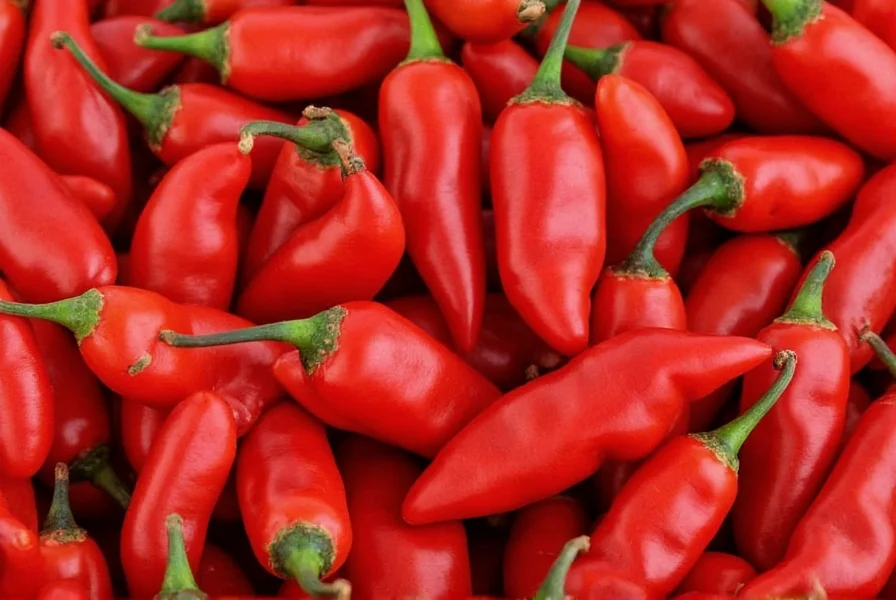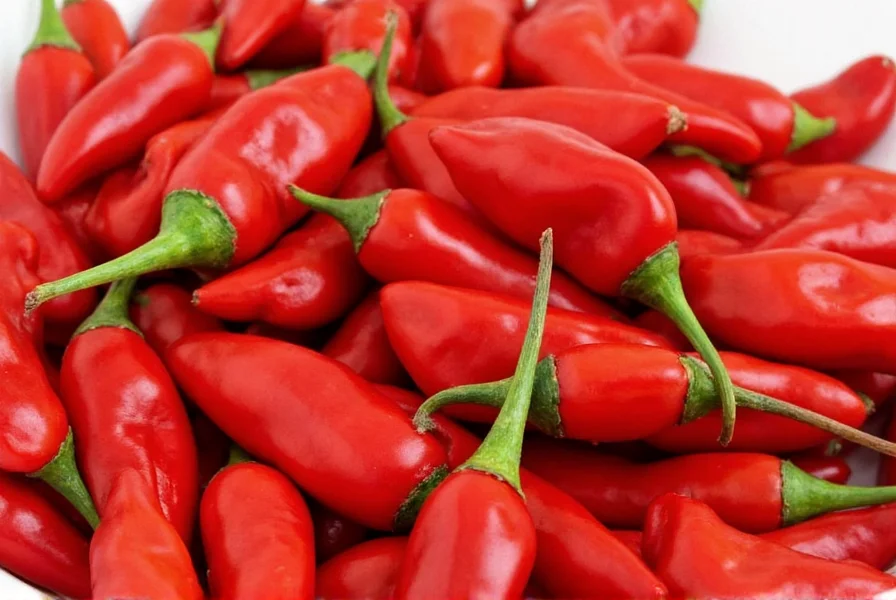Cayenne pepper has been valued for centuries across multiple cultures for both culinary and traditional medicinal purposes. This vibrant red spice delivers more than just heat—it offers a complex nutritional profile and potential health-supporting properties that continue to attract scientific interest.
Understanding Cayenne Pepper Composition
The distinctive heat of cayenne pepper comes primarily from capsaicin, which activates TRPV1 receptors in the body. Beyond this active compound, cayenne contains significant amounts of:
| Nutrient | Amount per 1 tsp (1.8g) | Daily Value % |
|---|---|---|
| Calories | 6 | 0% |
| Vitamin A | 265 IU | 5% |
| Vitamin C | 2.8 mg | 5% |
| Vitamin B6 | 0.1 mg | 4% |
| Potassium | 58 mg | 2% |
These nutritional components contribute to cayenne pepper's potential health-supporting properties while making it a valuable addition to balanced diets.

Culinary Applications of Cayenne Pepper
Chefs worldwide incorporate cayenne pepper into diverse dishes for both heat and flavor complexity. Unlike some hot peppers that offer only burn, cayenne provides a distinctive fruity undertone that enhances rather than overwhelms.
When exploring how to use cayenne pepper in cooking, consider these applications:
- Add 1/8 to 1/4 teaspoon to tomato-based sauces for depth
- Include in dry rubs for meats before grilling
- Stir into soups and stews during the last 10 minutes of cooking
- Mix with honey for a sweet-heat glaze
- Combine with chocolate in mole sauces
For those wondering what does cayenne pepper taste like, it delivers immediate heat with citrusy notes and subtle berry undertones. The burn typically peaks within 30-60 seconds and gradually subsides. When substituting for other peppers, remember that cayenne is significantly hotter than paprika but milder than habaneros.
Research-Supported Health Considerations
Scientific research has examined several potential benefits associated with cayenne pepper consumption. A 2017 review in Chemical Senses noted that regular capsaicin consumption may support metabolic health through thermogenesis. However, these effects appear modest and work best as part of comprehensive lifestyle approaches.
Regarding cayenne pepper for pain relief, topical capsaicin creams have received FDA approval for certain pain conditions. The mechanism involves depleting substance P, a neurotransmitter involved in pain signaling. Research published in the Journal of Clinical Rheumatology found capsaicin cream effective for osteoarthritis pain when used consistently for several weeks.
Important considerations regarding cayenne pepper health benefits and risks:
- May temporarily increase metabolism by 4-5% according to some studies
- Could support circulation through vasodilation effects
- Shows antioxidant properties in laboratory research
- Not a substitute for medical treatment of health conditions
- Effects vary significantly between individuals
Safety Guidelines and Potential Side Effects
While generally recognized as safe for culinary use, cayenne pepper requires thoughtful consumption. Understanding cayenne pepper side effects helps prevent uncomfortable experiences.
Common reactions to excessive consumption include:
- Temporary burning sensation in mouth and throat
- Stomach irritation or heartburn
- Skin irritation when handling fresh peppers
- Eye discomfort if touched after handling peppers
Those with gastrointestinal conditions like ulcers, GERD, or IBS should consult healthcare providers before regular consumption. Similarly, individuals taking blood thinners should discuss potential interactions with medical professionals, as cayenne may affect blood clotting.
For safe cayenne pepper dosage, culinary amounts (typically 1/8 to 1/2 teaspoon daily) pose minimal risk for most adults. Supplements containing concentrated capsaicin require professional guidance, as excessive amounts may cause adverse reactions.

Selecting and Storing Quality Cayenne Pepper
When choosing cayenne products, look for vibrant color and check expiration dates. Whole dried peppers maintain freshness longer than ground versions. Store in airtight containers away from light and heat to preserve potency.
For gardeners interested in growing cayenne peppers at home, these plants thrive in warm climates with full sun exposure. Most varieties require 70-80 days to reach full maturity from transplanting. Harvest peppers when they turn bright red for maximum heat and flavor development.
Frequently Asked Questions
What are the primary health benefits of cayenne pepper?
Research suggests cayenne pepper may support temporary metabolic increases, provide antioxidant benefits, and offer topical pain relief through capsaicin. The vitamin A and C content also contributes to nutritional value. However, these effects should be viewed as complementary to, not replacements for, standard health practices.
How much cayenne pepper is safe to consume daily?
For culinary use, 1/8 to 1/2 teaspoon daily is generally safe for most adults. Higher amounts may cause gastrointestinal discomfort. Those using supplements should follow product instructions and consult healthcare providers, as concentrated capsaicin requires careful dosing.
Can cayenne pepper help with weight loss?
Some studies show capsaicin may temporarily increase metabolism by 4-5% and reduce appetite slightly. However, these effects are modest and shouldn't be relied upon as primary weight loss methods. Sustainable weight management requires comprehensive dietary and lifestyle approaches.
What's the difference between cayenne pepper and red pepper flakes?
Cayenne pepper is a specific type of chili ground into a fine powder, typically measuring 30,000-50,000 Scoville units. Red pepper flakes contain a mixture of dried chili peppers (often including cayenne, but also others) and vary in heat level. Cayenne delivers more consistent heat and flavor compared to the variable blend in red pepper flakes.
How can I reduce the burning sensation from handling cayenne pepper?
Wear gloves when handling fresh cayenne peppers. If skin contact occurs, wash with soap and cool water. For persistent burning, apply milk, yogurt, or oil to the affected area—capsaicin is fat-soluble. Avoid touching your face, especially eyes, until hands are thoroughly cleaned.











 浙公网安备
33010002000092号
浙公网安备
33010002000092号 浙B2-20120091-4
浙B2-20120091-4